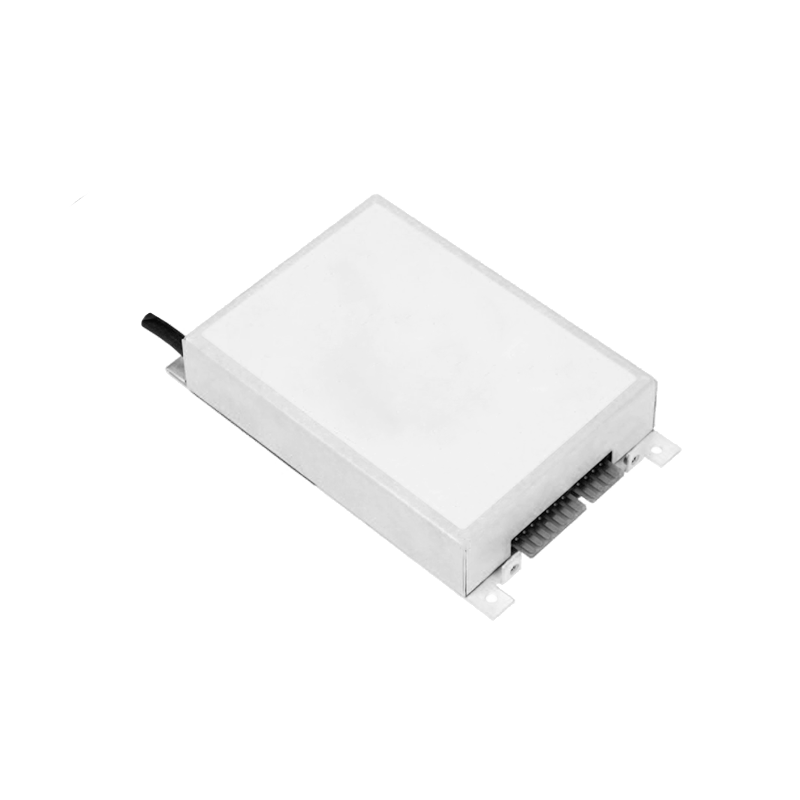Efficiency Enhancement Pathways for High-Voltage Power Delivery in CMP Equipment
Chemical mechanical planarization (CMP) equipment relies heavily on stable high-voltage power systems to drive wafer-clamping mechanisms, slurry-distribution actuators, pad conditioners, sensor arrays, and electrostatic or electrochemical assist modules used in advanced planarization processes. Although CMP is traditionally viewed as a mechanical process, high-voltage electrical subsystems are increasingly important as wafer surfaces become more sensitive, system automation grows more complex, and real-time monitoring requires more precise electrical control. Improving the efficiency of these high-voltage systems directly reduces operating cost, thermal load, and equipment downtime while sustaining the process precision required for nanoscale planarization.
One major pathway toward improved efficiency is the adoption of high-frequency conversion topologies. Traditional low-frequency high-voltage designs often suffer from large magnetic components, high conduction losses, and slow response to load variation. By transitioning to soft-switching or resonant high-frequency architectures, converters reduce switching losses and enable smaller, more efficient magnetics. These high-frequency systems support rapid adaptation to changing loads—for example, when clamp forces vary during wafer loading or when sensor arrays demand transient power surges. Faster response times reduce electrical overshoot and minimize unnecessary energy dissipation.
Advanced semiconductor materials play a crucial role in efficiency improvement. Wide-bandgap switches allow high-voltage CMP supplies to operate with lower conduction resistance, reduced thermal output, and improved reliability under repetitive switching conditions. Operating at higher switching frequencies enables tighter control over output waveforms, which benefits precision electrostatic clamping by maintaining clean, stable field distributions across the wafer. This stability also improves uniform removal rates by preventing micro-vibration or local slip events caused by fluctuating clamping forces.
Reducing parasitic losses is another important strategy. CMP systems often operate in electrically noisy environments due to rotating components and moving stages. High-voltage supplies incorporating optimized PCB layouts, low-inductance switching loops, and improved insulation geometries reduce parasitic capacitance and inductive ringing. These refinements increase energy-transfer efficiency and prevent unnecessary heat buildup. In addition, improved insulation systems ensure long-term dielectric stability even in humid or slurry-rich environments.
Control-system optimization contributes significantly to energy efficiency. Modern CMP tools require tightly synchronized operation between electrical, mechanical, and fluidic subsystems. Intelligent high-voltage controllers use predictive algorithms to match power output with real-time process demands. During periods when the wafer is being aligned, cleaned, or unloaded, high-voltage subsystems can enter low-power states or reduce clamping strength to minimal safe levels. This prevents continuous high-energy operation and decreases thermal burden on the system.
Thermal management represents a substantial contributor to overall power efficiency. High-voltage modules generate heat that must be dissipated efficiently to maintain stable electrical characteristics. Advanced cooling techniques—such as variable-speed pumps, thermal-gradient-aware heat sinks, and liquid-cooled cold plates—enable the power supply to operate at lower temperatures. Cooler electronics exhibit lower resistance and reduced leakage currents, improving both electrical efficiency and component lifetime. Furthermore, intelligent thermal-feedback algorithms continuously adjust cooling intensity to minimize unnecessary pump or fan energy consumption.
Electromagnetic interference management is also essential for efficient power delivery. CMP equipment includes sensitive metrology such as pressure sensors, motor encoders, vibration monitors, and thickness-measurement systems. Poorly controlled high-voltage switching can introduce noise that forces CMP systems to operate more slowly or implement redundant feedback loops to compensate. By improving EMI filtering, shielding, and balanced switching strategies, high-voltage supplies reduce cross-system disturbance. This enables more efficient mechanical operation, allowing higher platen speeds or more responsive feedback control without risk of error.
Integration with monitoring and diagnostics provides another pathway to efficiency. High-voltage systems equipped with real-time health analysis track switching losses, thermal drift, insulation stress, and long-term efficiency trends. This data enables predictive maintenance, preventing catastrophic failures that cause full-tool shutdowns. It also reveals opportunities to tune power-delivery behavior for optimal efficiency. For example, if diagnostics show that a particular clamping profile induces excessive switching loss, engineers can refine the waveform for better performance without sacrificing clamping strength.
Energy efficiency is further improved by implementing adaptive standby modes. During non-polishing periods, such as pad conditioning or wafer transition steps, full high-voltage operation is typically unnecessary. Intelligent standby reduces voltage output, powers down idle circuits, and lowers switching frequency while maintaining readiness for immediate reactivation. When synchronized with CMP recipe steps, these modes significantly reduce cumulative energy consumption.
Finally, mechanical-electrical co-optimization enhances overall system performance. CMP process behavior—pad stiffness, slurry viscosity, platen speed, and wafer-topography changes—directly affects electrical load patterns. High-voltage supplies designed to interpret this cross-domain data can adjust output behavior to minimize wasteful power delivery. For example, during periods of low friction or reduced mechanical resistance, clamping voltage may be reduced while maintaining stable wafer hold. Such dynamic optimization supports both process stability and energy conservation.
Through advancements in power-conversion topology, semiconductor materials, thermal management, intelligent control, and system integration, CMP equipment can achieve significantly higher efficiency in high-voltage power delivery. These efficiency pathways strengthen tool reliability, reduce operating cost, and support the increasingly stringent planarization requirements of advanced semiconductor manufacturing.




















